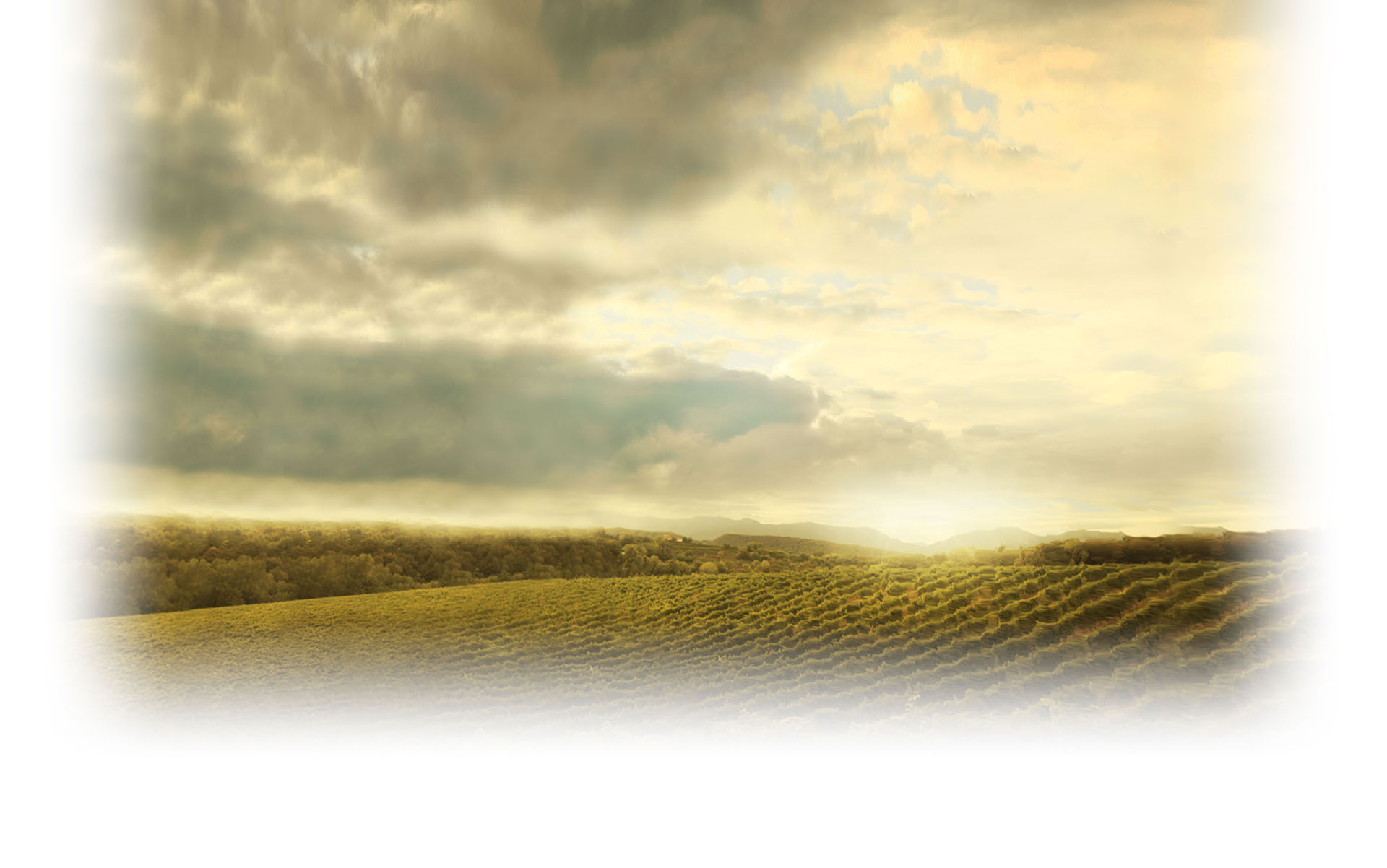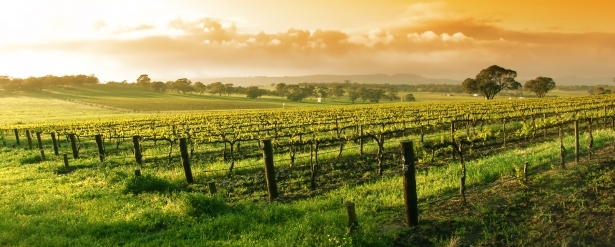History
The Bordeaux Wine Official Classification of 1855 which guides on wine quality was established during the 1855 Exposition Universelle de Paris when Emperor Napolean III requested a classification system for France’s finest Bordeaux wines.He classified the wines in bordeaux from 1 to 5.He based his decisions on the quality and prices realised of each Châteaux wines over the previous 100 years or so. Apart from one change in 1979 when Château Mouton-Rothschild was promoted from a 2nd growth to a 1st growth wine, nothing has ever changed.
In fact the laws he put in place in 1855 are vigorously upheld today and controlled by the Institut D'Appellations d'Origine and upheld by EC directives.
The Bordeaux Clarets that make up the 1855 classification are:
Premier grands crus classes
(First Great Growths)- Chateau Lafite-Rothschild (Pauillac)
- Chateau Latour (Pauillac)
- Chateau Margaux (Margaux)
- Chateau Mouton-Rothschild (Pauillac) Elevated in 1973
- Chateau Haut-Brion (Pessac)
Deuxieme grands crus classes
(Second Great Growths)- Chateau Brane-Cantenac (Cantenac-Margaux)
- Chateau Cos-d'Estournel (Saint-Estephe)
- Chateau Ducru-Beaucaillou (Saint-Julien)
- Chateau Durfort-Viviens (Margaux)
- Chateau Gruaud-Larose (Saint-Julien)
- Chateau Lascombes (Margaux)
- Chateau Leoville-Barton (Saint-Julien)
- Chateau Leoville-Las-Cases (Saint-Julien)
- Chateau Leoville-Poyferre (Saint-Julien)
- Chateau Montrose (Saint-Estephe)
- Chateau Pichon-Lalande (Pauillac)
- Chateau Pichon-Longueville Baron (Pauillac)
- Chateau Rauzan-Segla (Margaux)
- Chateau Rauzan-Gassies (Margaux)
Troisieme grands crus classes
(Third Great Growths)- Chateau Boyd-Cantenac (Cantenac-Margaux)
- Chateau Calon-Segur (Saint-Estephe)
- Chateau Cantenac-Brown (Cantenac-Margaux)
- Chateau Desmirail (Margaux)
- Chateau Ferriere (Margaux)
- Chateau Giscours (Labarde-Margaux)
- Chateau d'Issan (Cantenac-Margaux)
- Chateau Kirwan (Cantenac-Margaux)
- Chateau Lagrange (Saint-Julien)
- Chateau La Lagune (Ludon)
- Chateau Langoa-Barton (Saint-Julien)
- Chateau Malescot-Saint-Exupery (Margaux)
- Chateau Marquis d'Alesme-Becker (Margaux)
- Chateau Palmer (Cantenac-Margaux)
Quatrieme grands crus classes
(Fourth Great Growths)- Chateau Beychevelle (Saint-Julien)
- Chateau Branaire-Ducru (Saint-Julien)
- Chateau Duhart-Milon-Rothschild (Pauillac)
- Chateau La Tour-Carnet (Saint-Laurent)
- Chateau Lafon-Rochet (Saint-Estephe)
- Chateau Marquis-de-Terme (Margaux)
- Chateau Pouget (Cantenac-Margaux)
- Chateau Prieure-Lichine (Cantenac-Margaux)
- Chateau Saint-Pierre (Saint-Julien)
- Chateau Talbot (Saint-Julien)
Cinquieme grands crus classes
(Fifth Great Growths)- Chateau Batailley (Pauillac)
- Chateau Belgrave (Saint-Laurent)
- Chateau Camensac (Saint-Laurent)
- Chateau Cantermerle (Macau)
- Chateau Clerc-Milon (Pauillac)
- Chateau Cos-Labory (Saint-Estephe)
- Chateau Croizet-Bages (Pauillac)
- Chateau d'Armailhac (was Chateau Mouton d'Armailhac (Pauillac))
- Chateau Dauzac Labarde (Margaux)
- Chateau Grand-Puy-Ducasse (Pauillac)
- Chateau Grand-Puy-Lacoste (Pauillac)
- Chateau Haut-Bages-Liberal (Pauillac)
- Chateau Haut-Batailley (Pauillac)
- Chateau Lynch-Bages (Pauillac)
- Chateau Lynch-Moussas (Pauillac)
- Chateau Pedesclaux (Pauillac)
- Chateau Pontet-Canet (Pauillac)
- Chateau du Tertre Arsac (Margaux)
Appellation Contrôlée was first set up in 1929 by Châteauneuf-du-Pape.
Since then the system has been extended throughout France and now covers some 30% of total wine production, including wines made in Bordeaux.
Wines produced under the authority of the of the Institut d’Appellations d’Origine are entitled to display the term Appellation Contrôlée on their bottle labels as an indication that the content is wine that is of the best quality and from a limited supply.
The amount of labels allocated to each vineyard is restricted to enough for 177 cases of wine per acre of land for each vintage. Wine good enough to be used as a holding will usually have a life span of 40 – 49 years (some vintages have longer) after which it is seen to be ‘over the hill’. A fine wine needs to be matured for 5 –7 years before it is drinkable, although connoisseurs will wait until the wine has reached its optimum drinkable level when it is 12 – 18 years old.
As part of our service to you, Abbots will always track a wine’s progress and predict its maturity and when it will reach the end of its prime drinking life. We will feed this information back to you on a regular basis but will always organise your holding according to your particular requirements.








